From The Collection: Abby Goldstein
Abby Goldstein, Untitled, 10” x 8”, encaustic on panel, 2012.
Abby Goldstein is a Professor of Art and the head of the Graphic Design concentration at Fordham University. She is the collaborator and co-designer of Revival Type with Paul Shaw and the designer of the award winning book Helvetica and the New York City Subway System. The recipient of fellowships to the Sam and Adele Golden Foundation, Saltonstall Foundation for the Arts, Yaddo, Vermont Studio Center, Brush Creek Artist Residency, Willapa Bay AIR, and the Hambidge Center for Creative Arts & Sciences, among others, Abby received her BFA from Pratt Institute and her MFA from the School of Visual Arts. Abby works with a range of materials, including encaustic and Pigment Stick.
R&F is fortunate to have four pieces by Abby Goldstein in our permanent collection. We reached out to her to learn more about the encaustic work she did from 2009 to 2013 and how it relates to her other bodies of work.
Abby’s background in typography, dance, improvisation, and design heavily influences her mark making. In the statement for her “Accidental Geographies” series, Abby describes how intertwining marks form a system of lines and spaces, combining with clusters of circular and organic shapes to evoke movement and the disparity between built and natural environments.
Abby Goldstein, Findings, 10” x 8”, encaustic on panel, 2012.
“Signs form a language, but not the one you think you know.
-Italo Calvino, Invisible Cities”
My work is always about nature. I develop visual narratives with repetitive mark making and pattern. The first encaustic paintings I made were created in artist Pamela Blum’s studio. They were inspired by how leaves and other organic debris get stuck under ice. I was interested in encasing images, using encaustic like watercolor, and then adding many layers of wax to create a veil.
My encaustic paintings were process-oriented. I scraped and polished to encase and blur the organic detritus, as well as the text that lies underneath. I enjoyed the building up and revealing, the act of discovery. It was like going on a hike, getting lost, and then finding your way. Encaustic suited what I wanted to explore at this time because of its tactile nature.
Abby Goldstein, Branches, 12” x 15”, encaustic on paper mounted on wood, 2012.
Trees and branches, without leaves, are often the source of my imagery. It is these intricate and figure-like shapes, silhouetted against the sky, that hold my attention. They represent a passing of seasons and perhaps the feeling of a cold, wet winter day.
Mark making is an integral part of my process. For my encaustic paintings, I began with pencil on paper glued to wood. In barely decipherable writing, I wrote out the stories from Italo Calvino’s Invisible Cities. The tiny letterforms create textural fields that are buried beneath the many layers of translucent encaustic medium. Each layer of wax was painstakingly sanded, scraped, and polished. The process creates a satiny and sensual surface that allows the drawing to remain both cloaked and visible.
The use of text as textural shading was the beginning of looking at text as mark making, essentially the genesis of the work I am doing now. My use of text comes from being a designer. I took text and made it meaningless. I obscured the meaning, teasing the viewer. It was not about content. It was about how the letterforms looked on the page - the design of the page.
Abby Goldstein, Queen Anne’s Lace, 22” x 30”, pigment dispersion and matte medium on paper, 2019. This was done at an artist residency at The Saltonstall Foundation for Arts. This is from my series “Field Studies I: Loose Ends.”
Both my Field Studies and Accidental Geographies series utilize text that has morphed into abstract biomorphic shapes. It is text turned to abstraction. Like all of my work, these are also about landscape and botanic forms. They focus the eye on what is overgrown and in a state of decay - weeds, trees, branches, and other detritus. I am fascinated by a dense field of undergrowth and how one navigates a landscape.
Abby Goldstein, Crossing Over, 18” x 24”, Pigment Stick and medium on canvas, 2019. Based on a historic map of Kabul, Afghanistan. I was looking at ancient maps of cities that were once peaceful and rich in culture that are now devastated by war. This piece is from my “Accidental Geographies: Mapping” series.
Much of my work is done during residencies. In my Reimagining Brooklyn series I printed historical maps of Brooklyn and then painted over them. When I was in residence at Willapa Bay, I spent time studying the tide and its play with the water, sand, and seaweed.
My process is a journey through a geographical space that often references a specific location. Fundamental to my methodology is the organic unfolding of each piece. By obscuring and redrawing, I let the process remain visible with overlays of color washes, markers and opaque paint suggesting evolutionary change. While I work, preconceived ideas are rejected and a response to the unexpected is embraces. A visual system, alluding to cartography, emerges based on symbology, disruption, and transformation.
Abby Goldstein, Willapa Bay, 10” x 10”, casein on paper, 2018. This is from my “Field Studies: Willapa Bay” series done at a residency at Willapa Bay AiR.
You can see more of Abby Goldstein’s work here.






